Emily Jo Gibbs is a Textile Artist who over the last two decades has established an international reputation for her exquisite work. She has received significant critical acclaim and examples of her work are in several museum collections including the V&A, London and The Museum of Fine Art, Houston.
Alongside her commission based Art practice Emily teaches regularly at West Dean College. Between 1993 and 2006 Emily was the Creative Director of Emily Jo Gibbs, luxury handbags.
Emily’s career has had three distinct changes in direction. In this article, the forth in our Creative Development series, we learn why and how those changes came about.
Finding positive impetus
Emily Jo Gibbs: I found making the decision to go in a new direction is the hard bit, especially if you have defined yourself a certain way for a long time. You need to focus on the reasons for wanting or needing change and then find positive impetus to try new things. Being asked to write this article has really made me examine the tools I used to effect change. Here they are.
The first step is deciding, a new way is the only way
Vision: This might just be a tiny seed of an idea, go with it.
Passion: Be prepared to put the work in and for it not to work first time, keep going and persevere.
Permission: You can be who ever you want (tell your self this). You are a creative person, you already have loads of skills maybe you can employ those skills in a new way.
How you define yourself: Try out different things, less specific is good, Artist, Maker, Designer.
Emotional connection: It is likely you have new things you want to express.
Validation: Cultivate belief in what you are doing and be true to yourself. Sales and publicity are often more to do with the art of marketing and less to do the art of Art and the skill of making. Validation needs to come from you.
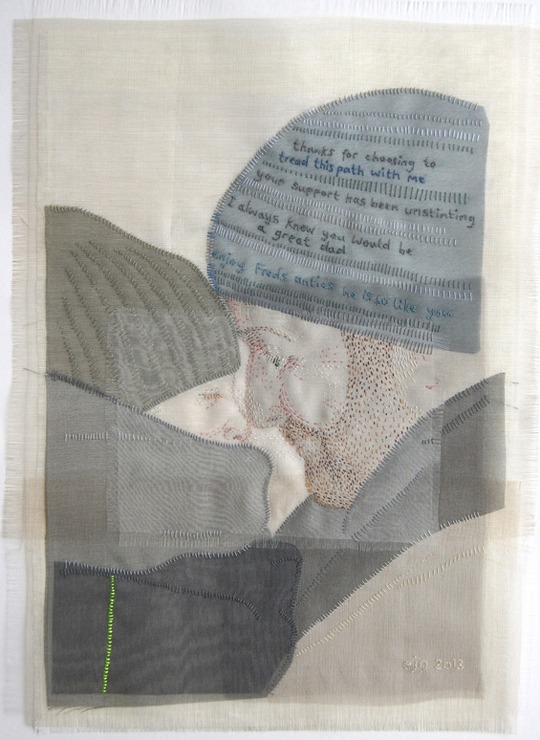
Hitting the right note
I have been a maker since I was a small child it is what I love to do, the thing I am best at, how I define myself.
The first ten years of my professional creative practice after I left college I spent building a high end Evening Bag business. This came about really by accident I studied Wood, Metal and Plastics at Wolverhampton, in my final year I started making fashion accessories in textile and metal. After I graduated I wasn’t sure what I was going to do, I had a fair amount of interest in my work at my degree show, I’d made a sale and got a few leads. So I sallied forth and set up a Hand Bag making business with a small Princes Trust loan. I was really lucky my work hit the right note for the time. I got some great breaks and sold to some lovely stores all around the world. Because I hadn’t studied fashion I was completely naive about the whole industry, I stepped on to a rollercoaster ride which swept me along for the next ten years. The fashion industry is unrelenting in its desire to have new things; if you are working in this field it is normal to make two collections a year. Each new collection would have a theme and showstopper and over time I built a library of materials, skills and processes that I keep in my head to realise different design ideas.
In October 2001 I went to Paris fashion week with a two week old baby, I thought everything would continue as before and my business would continue to grow but it didn’t work out that way. The world had just been rocked by 9/11 and buyers weren’t traveling and my order books were empty. I continued to make new collections but earning a living had become more difficult.
How you define yourself
In 2006 I applied for a grant to make a new body of work, I wasn’t immediately successful but I persevered applied again and the next time I won the Creative8 award, which was a huge boost. I was very excited at the opportunity to make a new body of work; I wanted to make pieces that had more longevity. I remember letting my Japanese handbag buyers know I wouldn’t be making a new collection that season, it seemed like a really big deal but I knew I wouldn’t be able to do both and I needed the time to work on new things. I was very excited to be making work unconstrained by price points and other practicalities but I still found it very hard not to be a Handbag Maker. The first pieces I made were a pair of vessels inspired by silver birch trees, I attached fine chain handled to them so they instantly became evening purses! It takes some, letting go of how you define your self. Along with the financial award and exhibiting opportunity also came mentoring and support which was really valuable. The transition from Handbag Maker to something undefined was the hardest bit, I didn’t know who I was for a while.
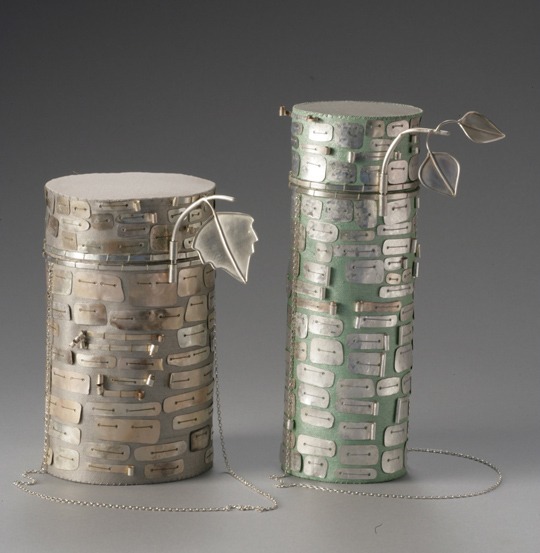
Permission
Whatever your particular impetus to change, whether it is that you are unhappy with what you are doing, excited about a new idea or an opportunity has arisen to make new work use these as motivation to make a change. Create the space to make new work for example by applying to do a residency, combine this with letting go of your current practice.
The new work I made for Creative8 wasn’t technically that different from what I had been doing, the shift was slow, I was using many of the same techniques from my library of skills that I built over the years, but the emphasis and the audience were different. The major change was in my relationship with my work.
Period of change
Ones work evolves and changes all the time and over a long period and you might make new ranges, series or collections. It shouldn’t be a scary thing, to steer your creative ship in a new direction, I do understand that it can feel that way. However once you get started it is very exciting and motivating particularly if you have run out of steam with a particular medium or restrictive label. Learning new skills, exploring new ways of working and finding new ways to express yourself is hugely invigorating. During this period of change I went on a few beginners basket weaving courses that introduced me to working with willow. Although I couldn’t develop my basket weaving skill quickly enough, the shapes I wanted to make required an advanced amount of skill. I used the knowledge I gained along with the making skills I already had to make something new and original and exciting. I wouldn’t have got to that place without trying a new technique, allow yourself the time to experiment and for things to fail.
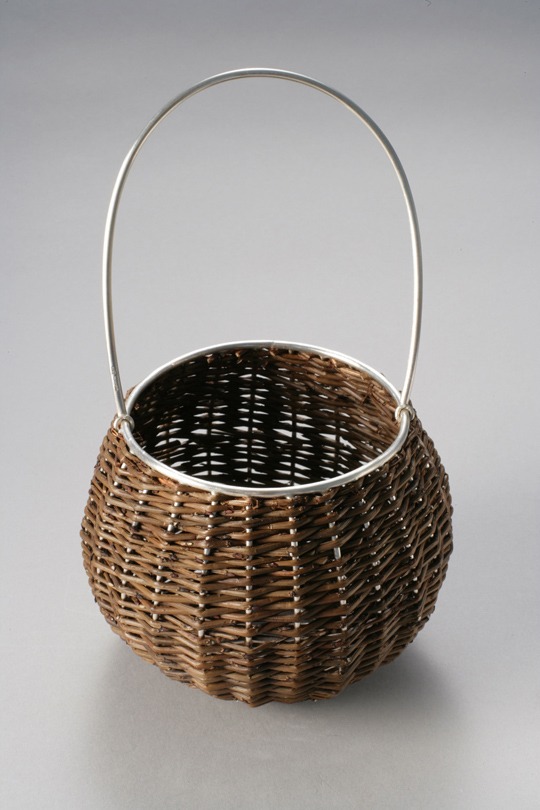
Emotional connection
Although my new work was successful on many levels, it was very well received and I sold many of the new pieces it wasn’t commercially viable in the long run and I found that after 15years being a full time maker I had to go and get a job. This was a difficult time, I wasn’t making, I wasn’t inspired and I felt all the years invested in building a business, a reputation, had come to nothing. I sought advice from a very experienced craft mentor. She explained I wasn’t alone and in fact it was quite normal for makers to lose their mojo and what I needed to do was to make something for myself. To put aside any considerations about selling the work, audiences, price points it didn’t matter how long it took to make the work, this work wasn’t going to be for sale it was purely for me.
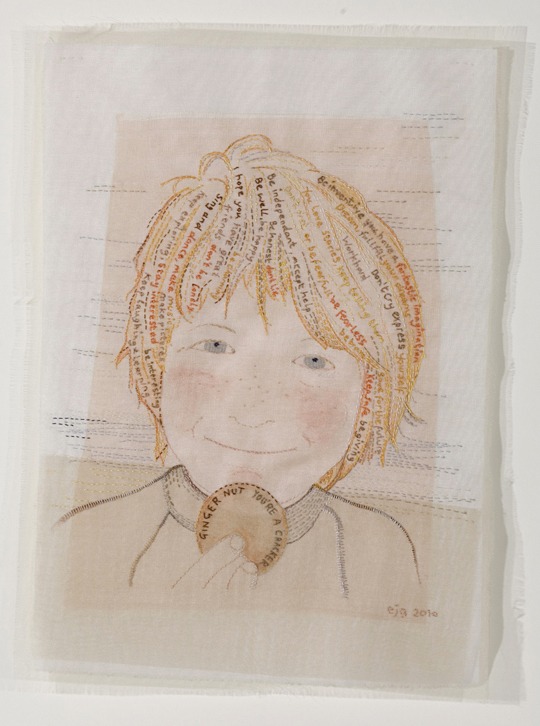
Validation
I started on a portrait of my youngest son, using some of the same materials I’d been using for years (I had drawers full of billowing silk organza). I wondered how I could make it more than just a portrait and decided to embroider onto it a list of instructions or advice that might help my small boy navigate the contradictory messages society and parents give to children. Working in this way I made work to which I had a strong emotional connection. I really loved making this piece, it took months to complete but once it was finished I was rejuvenated, back in love with making. Several other pieces followed and last year I exhibited this work in a show called Stitching | a love story.
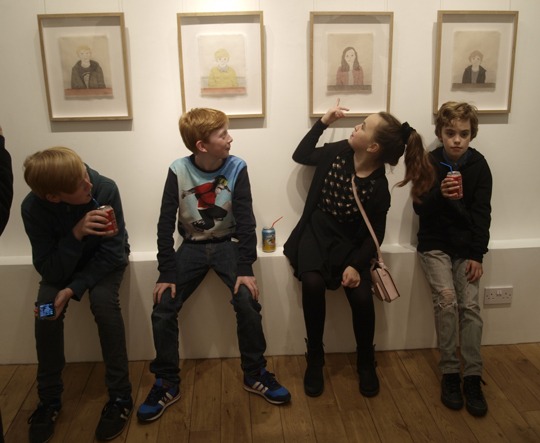
The nature of play
From that beginning of deciding to make a portrait my current practice has grown. My latest work is all about my local community; I’ve made a series of portraits of the children who play in our street Kids Today. When I started my ‘Flat Work’ period I thought the thing that set it apart was the text but as the work has developed I feel now it is the style of working with the materials, the layering and the hand stitch that give them my voice. Kids today started as an experiment I wanted to make a pared down portrait a less time consuming version. I was pleased with the result and was keen to stitch more children other than my own; I approached my neighbours to see if I could stitch their children. And thus evolved a project, a whole and rounded body of work about my local community. Observing a moment in time a social situation a discussion about the nature of play and how some 21st century children grow up.
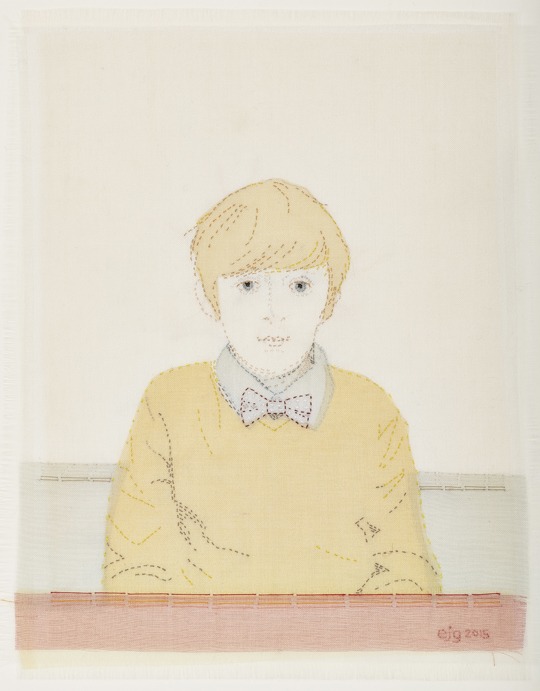
Vision
Take your small idea and try it out, develop it, love and nurture it. During the process you will develop new skills and other ideas will emerge, develop these ideas and nurture them too. You might wish to learn a new skill, go for it, learning is empowering and rewarding. Add these new skills to your creative vocabulary, before long your work will be taking a new direction.
For more information visit: www.emilyjogibbs.co.uk
Let us know what your favourite aspect of the artist’s work is by leaving a comment below.
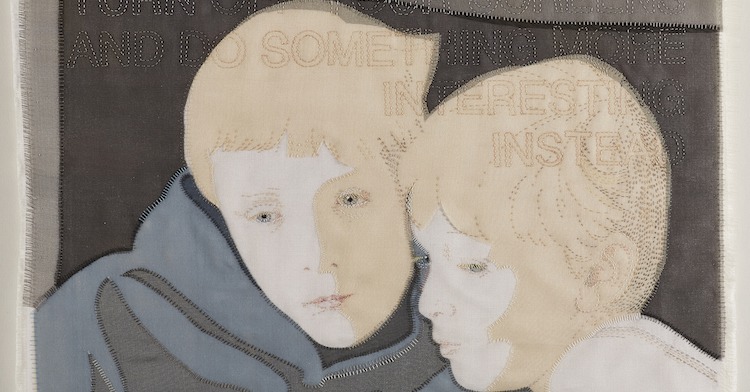

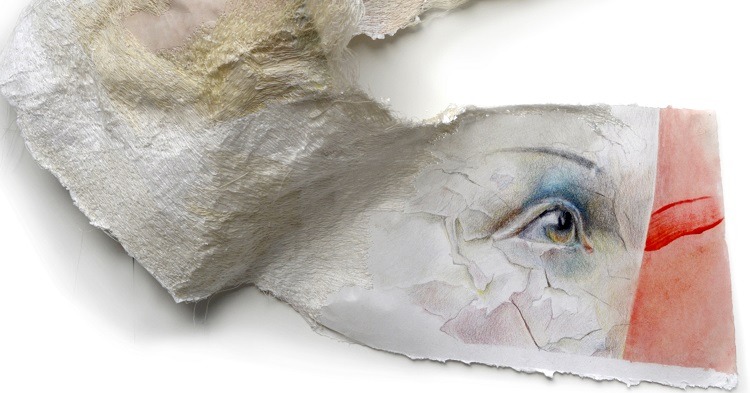
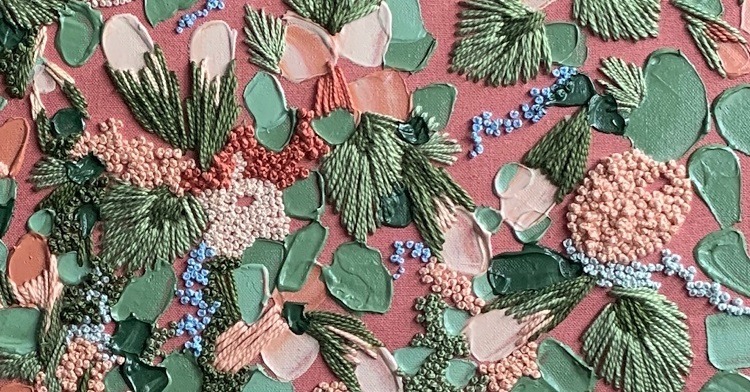
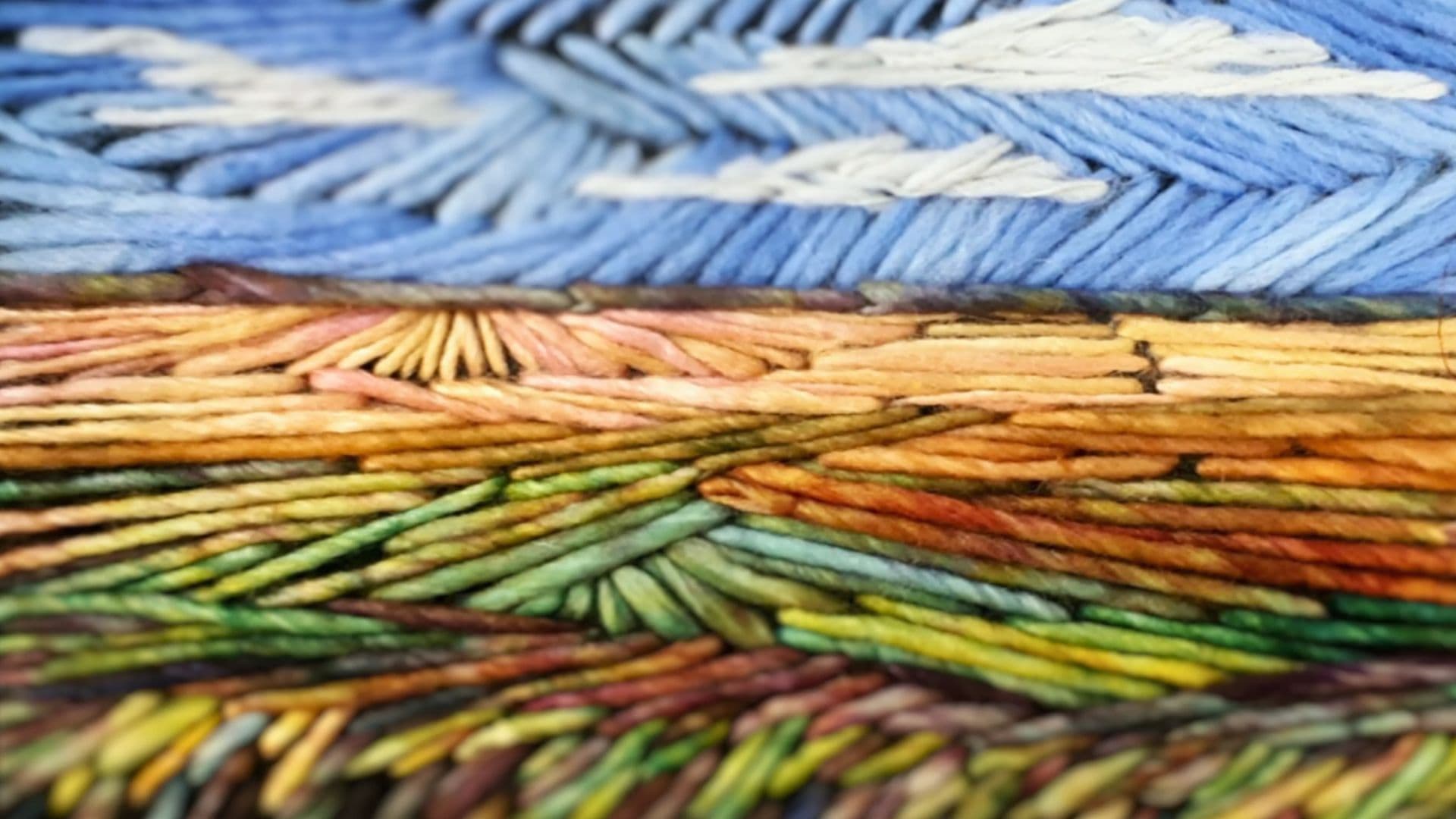
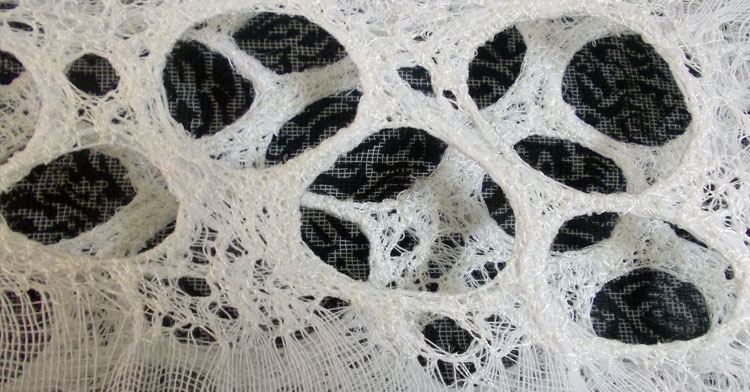
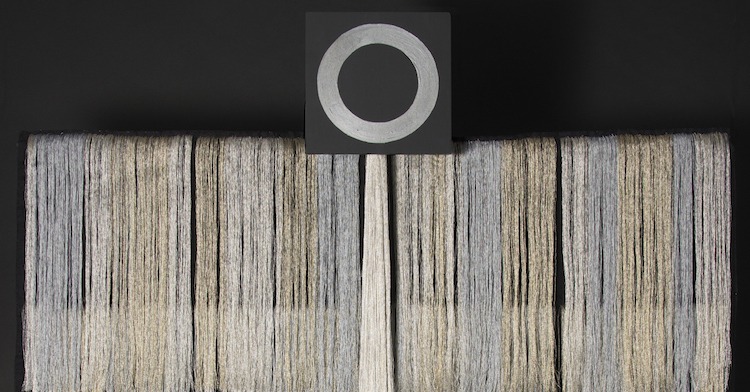
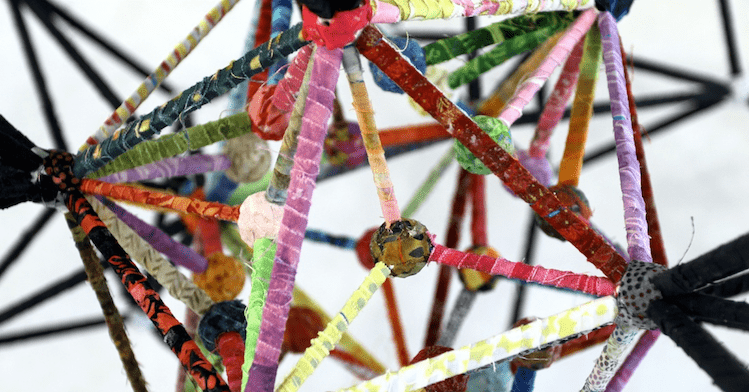
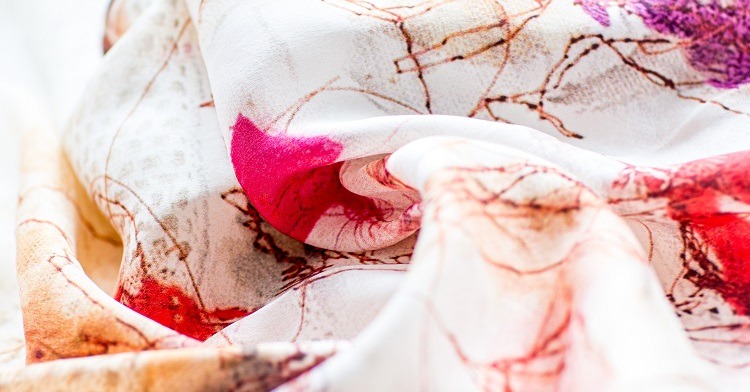
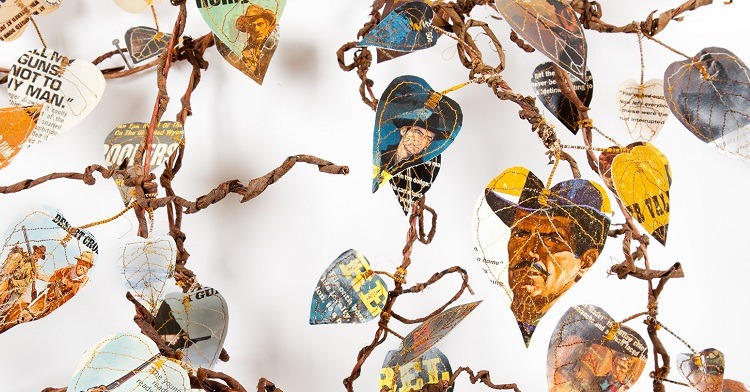
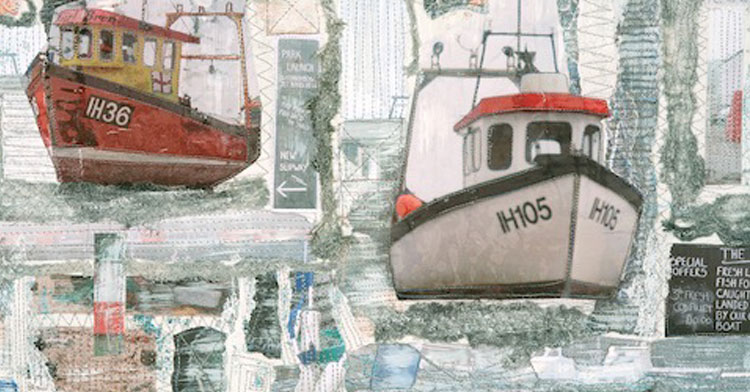
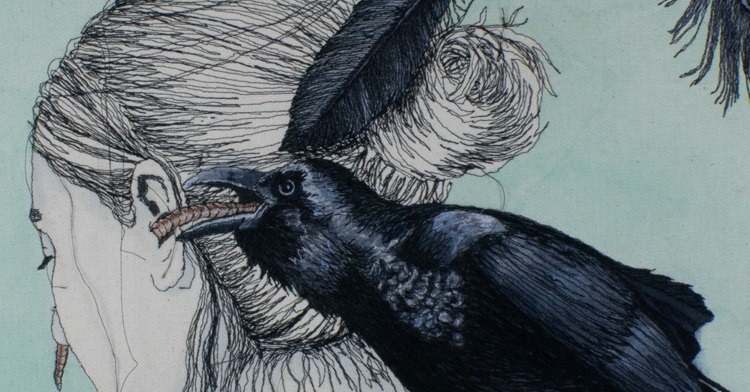
8 comments
Trisha
I remember doing the online workshop with Emily Jo as part of the Stitch club during lockdown! It wasn’t my best piece, but like all the workshops, it made me focus on new skills and ways of looking at things. As a textile designer/tutor in retirement I am still figuring it out, but this is no longer a worry – I go with the flow now their are no commercial deadlines to meet. I may come back to doing more workshops, once I have decorated my house; hand stitching is something I have taught, but never been drawn to myself before now – change is always possible and necessary for creative people like us!
Clare Woods
Emily Jo Gibbs how kind of you to share your story and be so honest. Success in the creative industries can be defined in your own way. You have been such a good friend to many readers who can identify with the twists and turns of your journey so far. Thanks for your time and effort to write and share your photos x
Virginia Meldahl
I love the clear way in which Emily Jo led us through her process from what had felt like defeat or discouragement to a whole new realm of creativity. I am a puppeteer. My closest kinship to textiles is a little bit of handloom weaving. But as I launch in a new space, Emily Jo’s words inspire me to follow my own vision and “make something for (my) self.” What wonderful inspiration – thank you! I love the Textile Artist posts! Always something delightful to learn!
Audrey Reiss
I am moved by the quality of Emily Jo’s beautiful work and sentiments, and encouraged by her words too. Thankyou so much.Sewing and writing are my passion and it has taken me decades to find connection and belonging in a community of like minds and hearts. What joy though now! I have just registered for Sue Stone’s course on line, and thrilled and excited is understatemnt. Thanks for the inspiration. x
Bonnie White
I love the way Emily Jo produces her work with such a passion behind it!
Janet Cook
Thank you for being brave and writing this. How many of us had not had the courage to change track, even when we have hit the buffers? Your love of your new line of creativity shines through.
Anna Carlson
Thank you for this, especially the part about making something for yourself. I experienced much the same transition. I have only now, after 8 years of feeling lost, found my Self again, through making things for myself and not others or for $.
Ally Bryant
I have enjoy Emily Jo article, particularly the fabric pieces of the boy.
Also was interested to hear how she diversified her work and know myself that I tend to lean in one direction and need to be more adventurous to stimulate my creative juices!